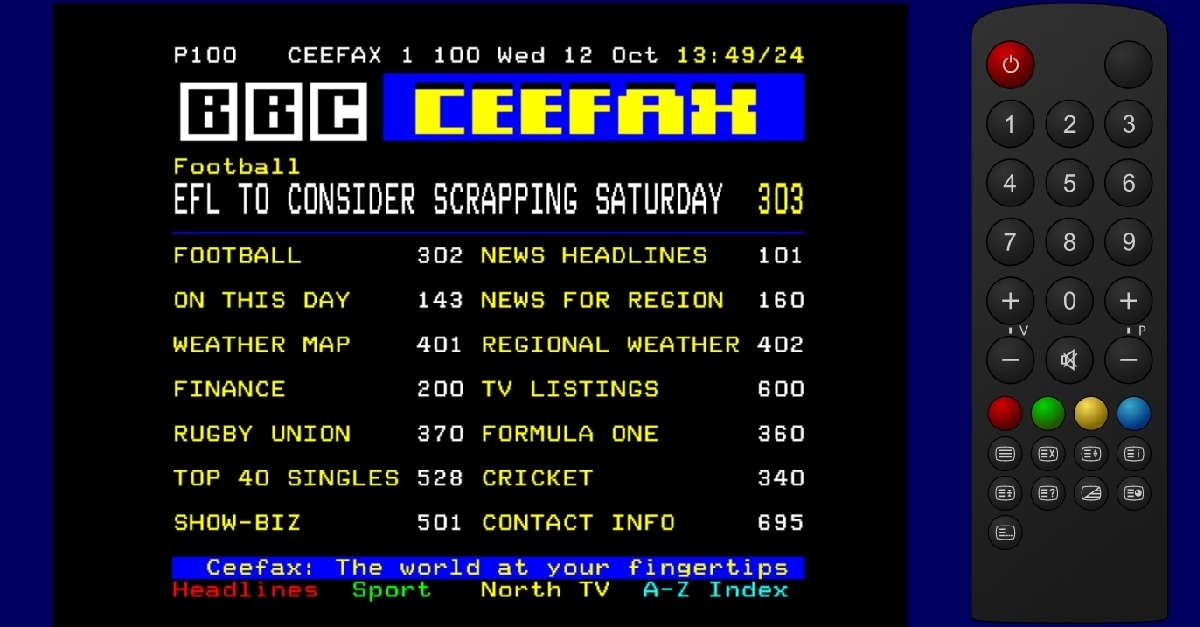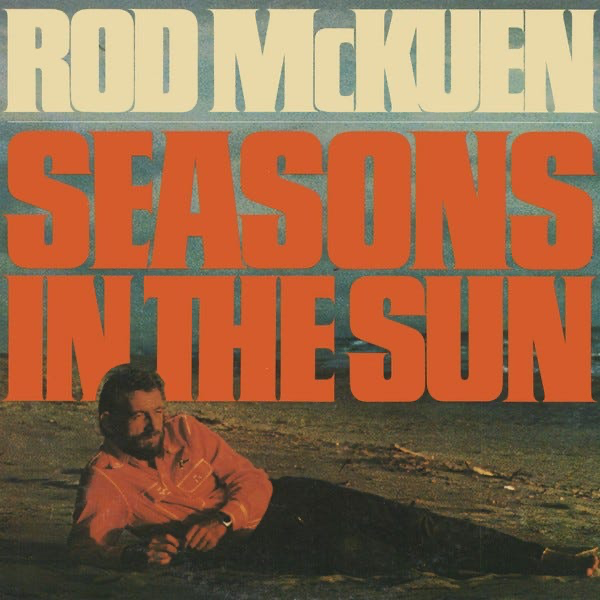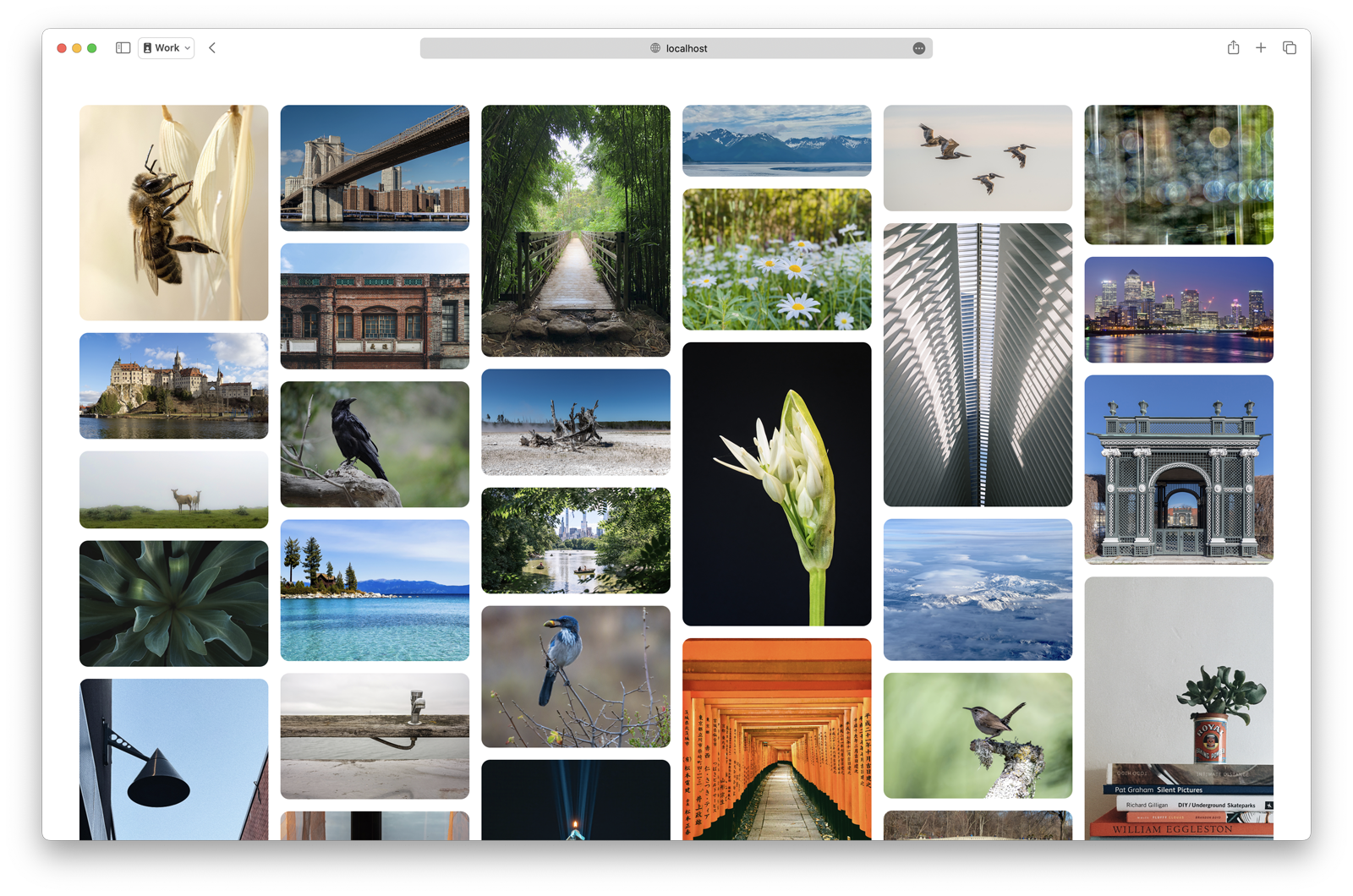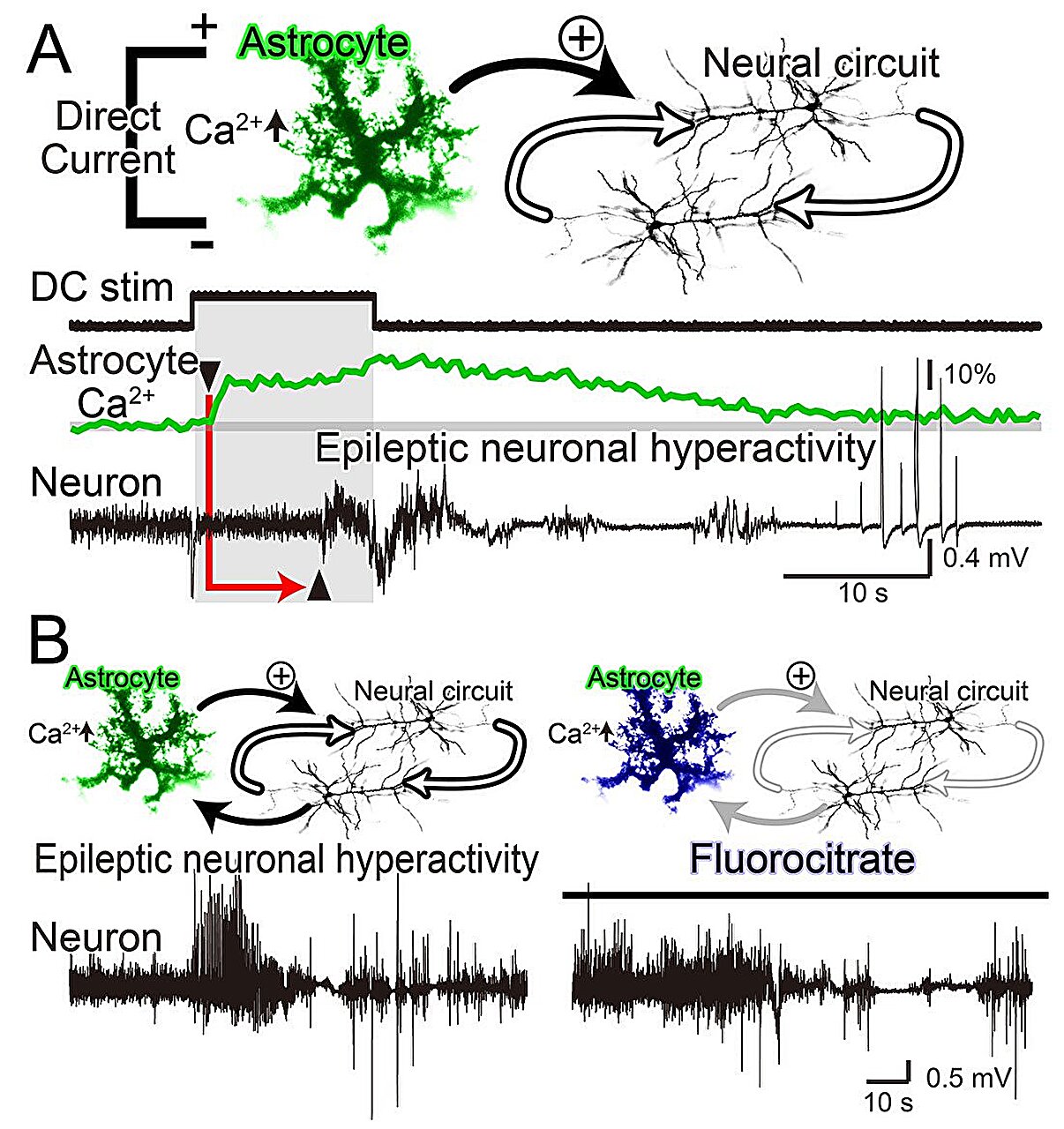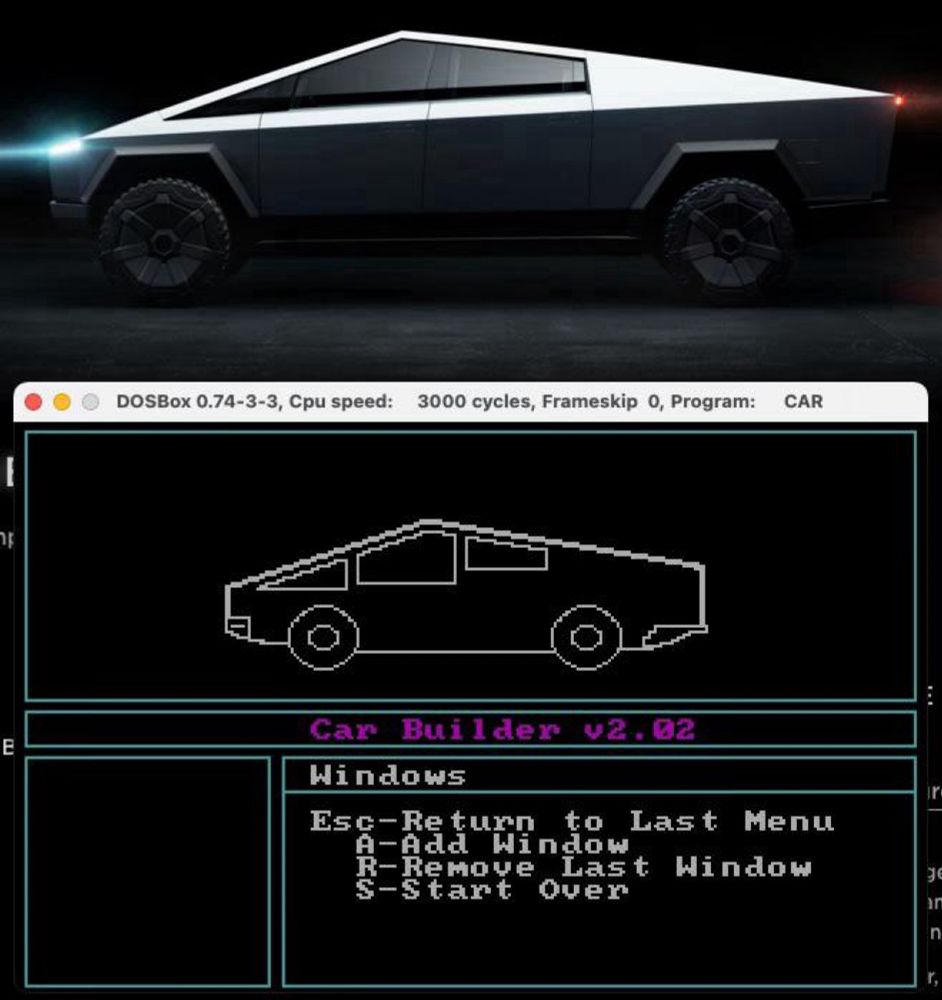
RESTful Microservices with Spring Boot and Kubernetes
Microservices architecture needs no introduction. It’s one of the most popular ways of building a modern software system. At its core, microservice architecture involves building software applications using smaller cohesive services. Rather than building a large monolith, you build small independently deployable services. As a result, a single team can own end-to-end functionality.
A microservice architecture consists of many (often hundreds) of small, autonomous services. Each service is self-contained. A microservice is built around business capability. Some of the important characteristics of microservice architecture are:
Spring Boot is one of the most popular frameworks to build a microservice. It comes with smart defaults. Creating microservices is as simple as defining few dependencies. Spring Boot support for embedded web servers makes it very easy to write RESTFul APIs. You can integrate other frameworks with a few configurations.
In this article, I am going to discuss how to build a real-life microservice using Spring Boot. First, I’ll explain how to identify microservice boundaries. After that, I’ll explain how to design the APIs using the API-first approach. And then, I’ll explain how to code and deploy microservices on Kubernetes. In this process, I’ll touch upon




